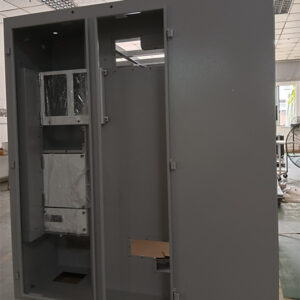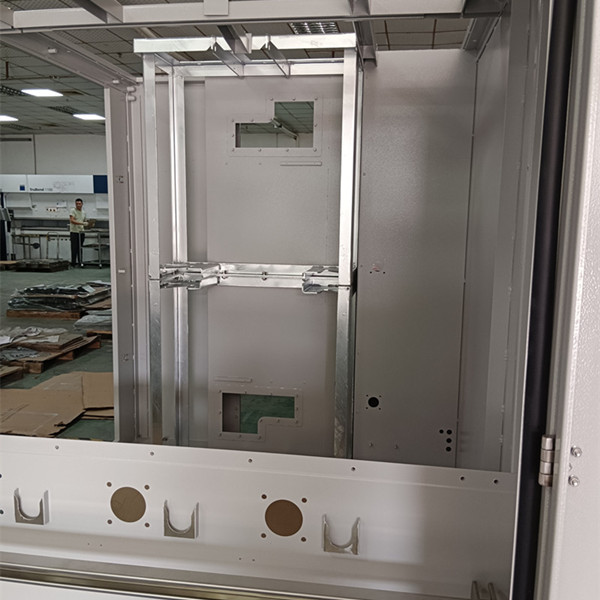
Custom sheet metal boxes can be fabricated to meet specific requirements and dimensions for a variety of purposes. Here are some basic steps for creating custom sheet metal boxes:
- Determine the specifications: Identify the size, shape, and material type required for the box. Consider any additional requirements, such as finishes or coatings, and any necessary cutouts, hinges, or fasteners.
- Create a design: Utilize computer-aided design (CAD) software or other design tools to create a 2D or 3D model of the box. Ensure that all dimensions and features are accurate and appropriate for the intended use.
- Choose the appropriate sheet metal: Select the sheet metal material that is best suited for the application. Common options include aluminum, stainless steel, and mild steel.
- Cut the sheet metal: Use a CNC machine or other metal cutting tool to cut the sheet metal to the required size and shape. If necessary, create any cutouts or other features at this stage.
- Form the sheet metal: Use a metal brake or other metal forming tool to bend the sheet metal into the desired shape.
- Weld or fasten the seams: Use welding or fastening techniques, such as spot welding or riveting, to join the edges of the box together.
- Finish the box: Apply any desired finishes, such as powder coating or paint, and add any necessary hardware, such as hinges or locks.
- Test and inspect the finished product: Ensure that the box meets all necessary specifications and requirements before it is put into use.
Overall, creating custom sheet metal boxes requires a combination of design, fabrication, and finishing skills, as well as access to appropriate equipment and materials. It is often helpful to work with an experienced sheet metal fabricator to ensure that the final product meets all requirements and performs as intended. learn more details from JIATONG XJ sheet metal supplier.

Leave a Reply